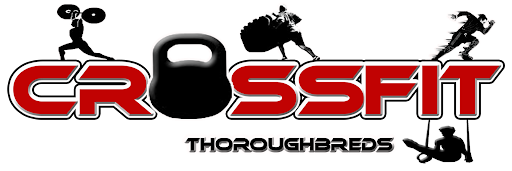A guide to Paleo Nutrition
Over the past few years more and more
people have been experimenting with Paleo nutrition not only because it is
effective in combatting weight gain, but because it is also effective in
treating arthritis and hypoglycaemia and reducing inflammation as well.
The term “Paleo diet,” also known as “the
caveman’s diet” references how humans used to eat before the development of the
current agricultural revolution because the diet is centered around meat, fish,
vegetables, fruit and nuts, but excludes foods that contain grains, dairy
products, salt, refined sugars, trans fat, glycemic carbs and processed foods.
Meal
ideas
The rule of thumb when it comes to eating
Paleo-style meals is to avoid grains, potatoes, dairy products, lentils or any
processed sugar and preservatives, and to eat as many lean meats, fruits,
vegetables and nuts as you can.
Here are a few meal ideas to try:
1.
Chicken stir fry
Chicken is one of the most common foods in
the Paleo diet and it is often used in numerous different Paleo recipes. You
can cook chicken in a variety of different ways and eat it for lunch, dinner or
even as a breakfast and a snack as well.
With a chicken stir fry you can try adding
in some broccoli, onions, garlic, almonds and much more.
2.
Bacon and eggs
Believe it or not bacon and eggs is
considered to be a “staple Paleo breakfast” because it is very high in protein,
especially if you choose to make an omelette over poached, boiled or fried
eggs. When making your omelette, try to mix in some artichoke hearts, tomatoes,
peppers, onions or even asparagus as well.
3.
Vegetable wraps
Instead of a sandwich for lunch, why not
make yourself a delicious lettuce or cabbage wrap to eat instead? You can also try adding some avocado, meat, or various
other types of veggies and peppers into the wrap, depending on what your
personal tastes are.
4.
Steak with veggies
Try marinating a steak for dinner and then
adding some broccoli, onions and peppers on the side.
5.
Salads
The next time you make a salad to eat for
lunch or dinner, try adding some roasted chicken, tuna, tomatoes, bacon,
grapes, broccoli, almonds or peppers with a lemon juice vinaigrette for
dressing.
6.
Bowl of berries
Instead of eating cereal for breakfast, try
eating a bowl of fresh berries mixed with almonds or other kind of nuts (except
peanuts) instead.
Bio: Maria Rainier is a freelance writer
and blog junkie. She is currently a resident blogger at First in Education
where recently she’s written about online
health education programs along with a piece looking at online
secretarial science programs. In her spare time, she enjoys yoga, playing
piano, and working with origami.

No comments:
Post a Comment